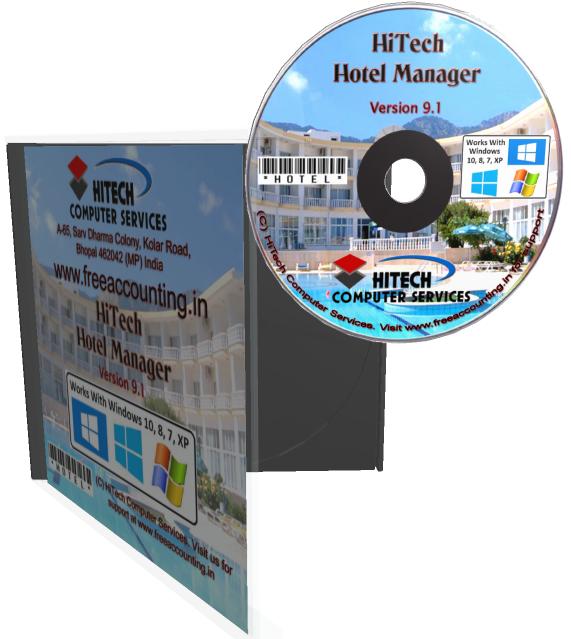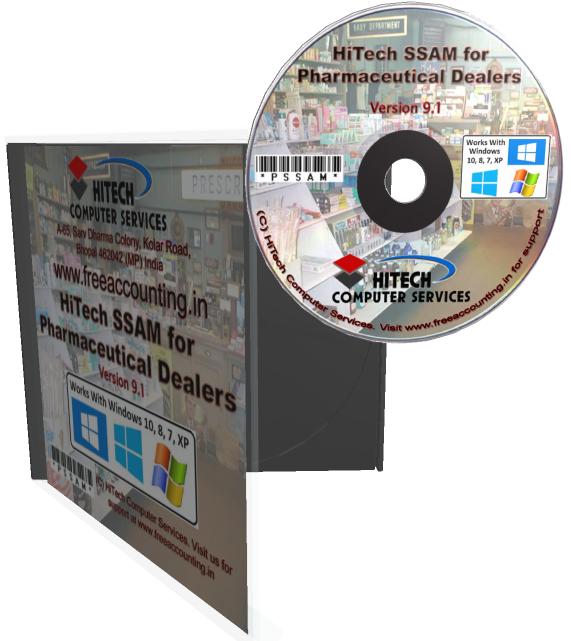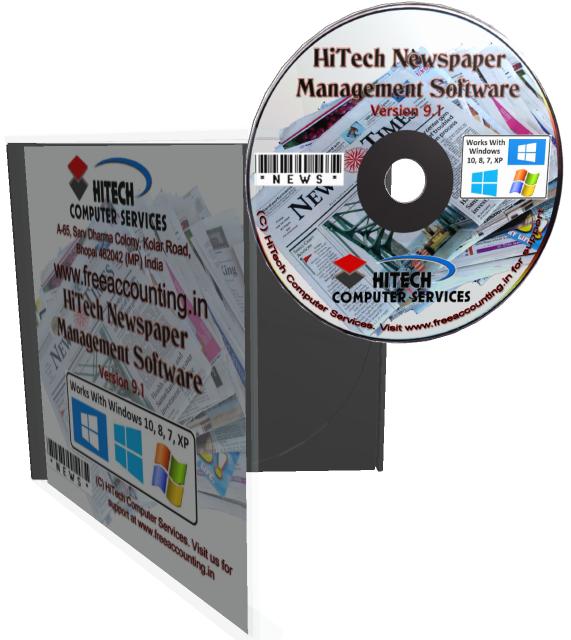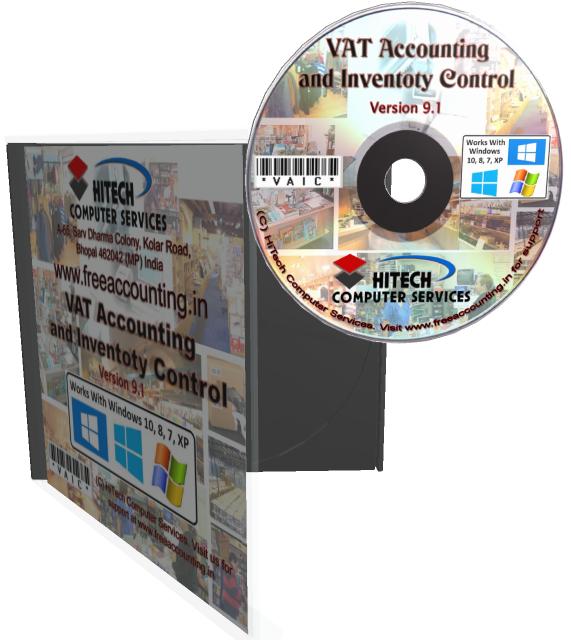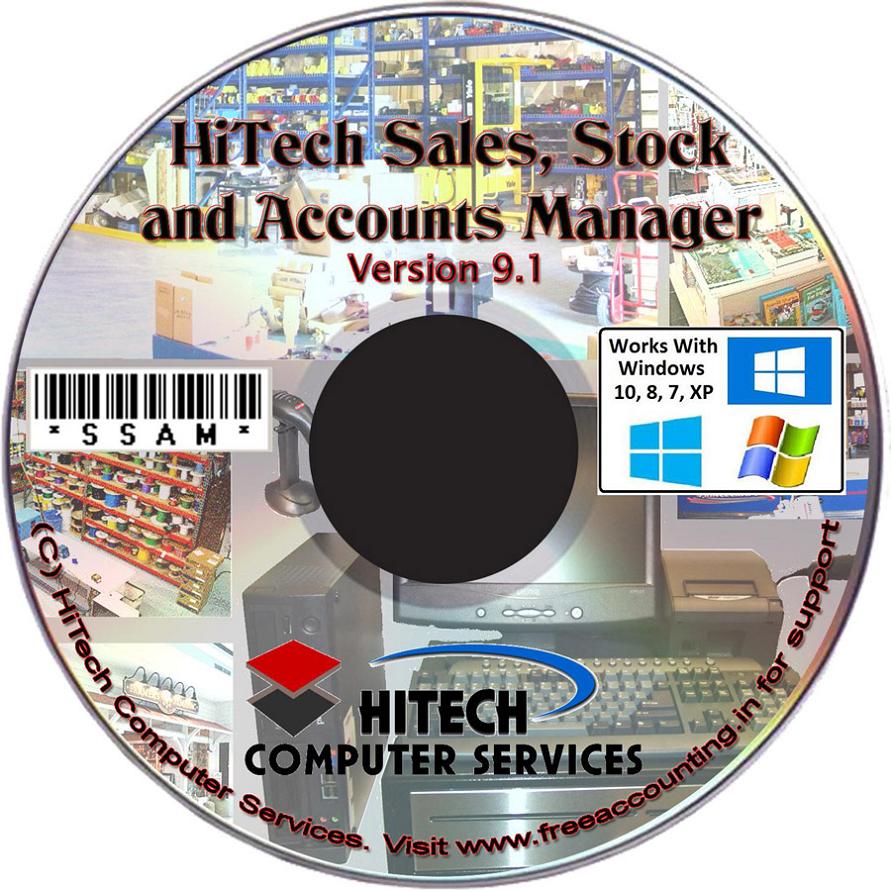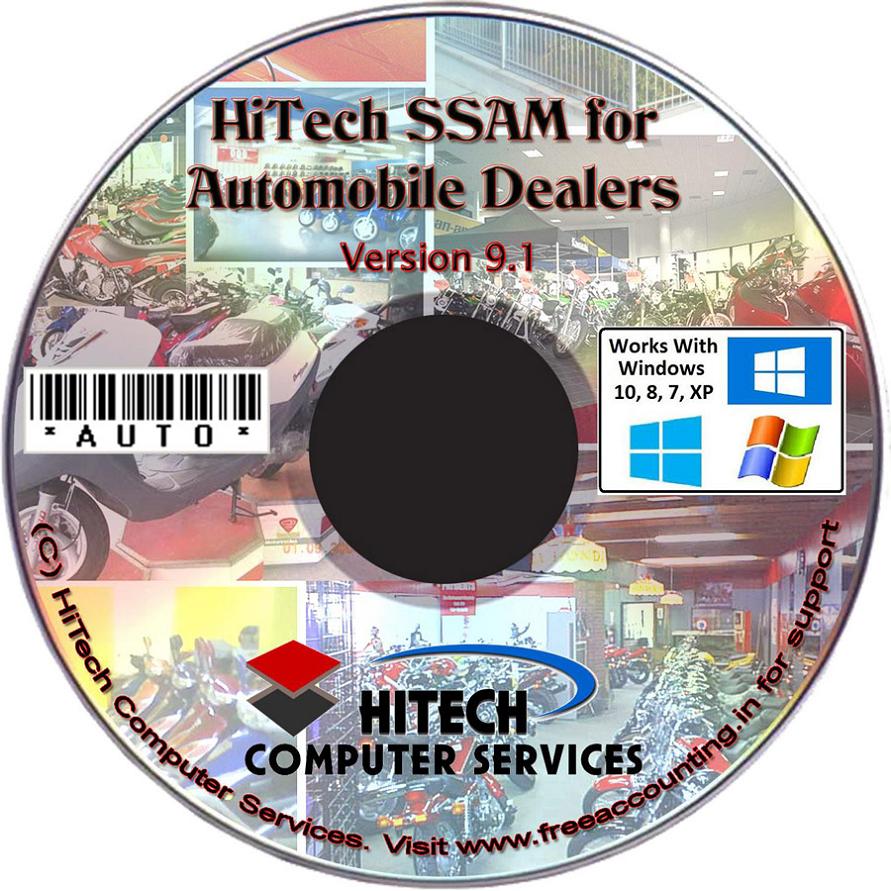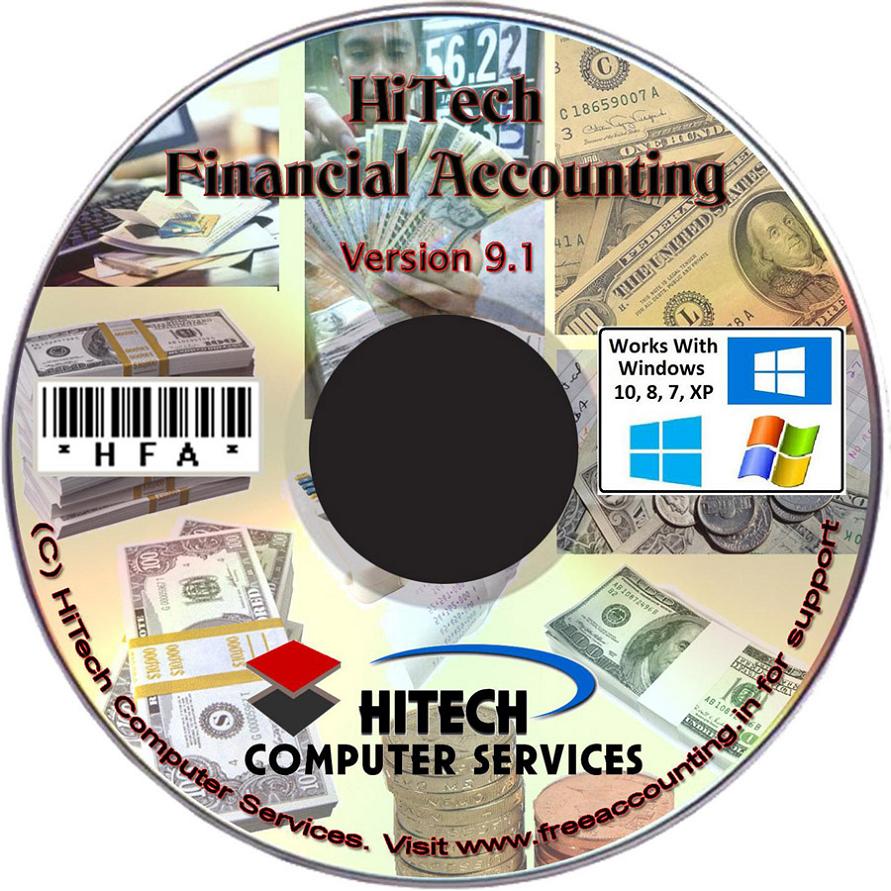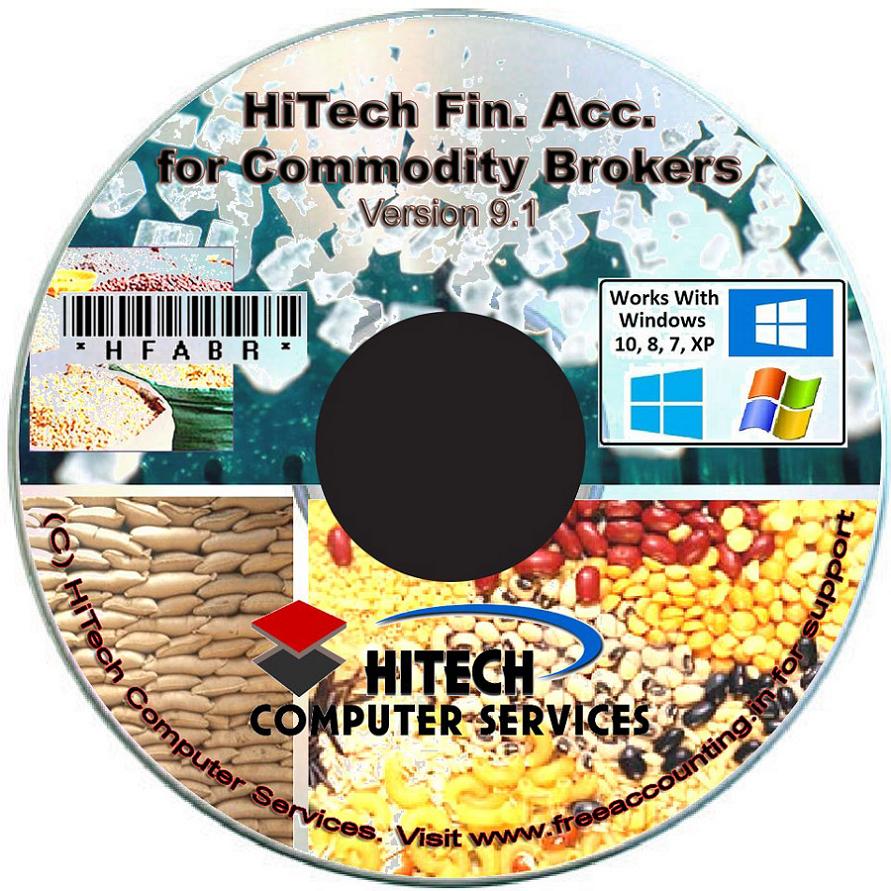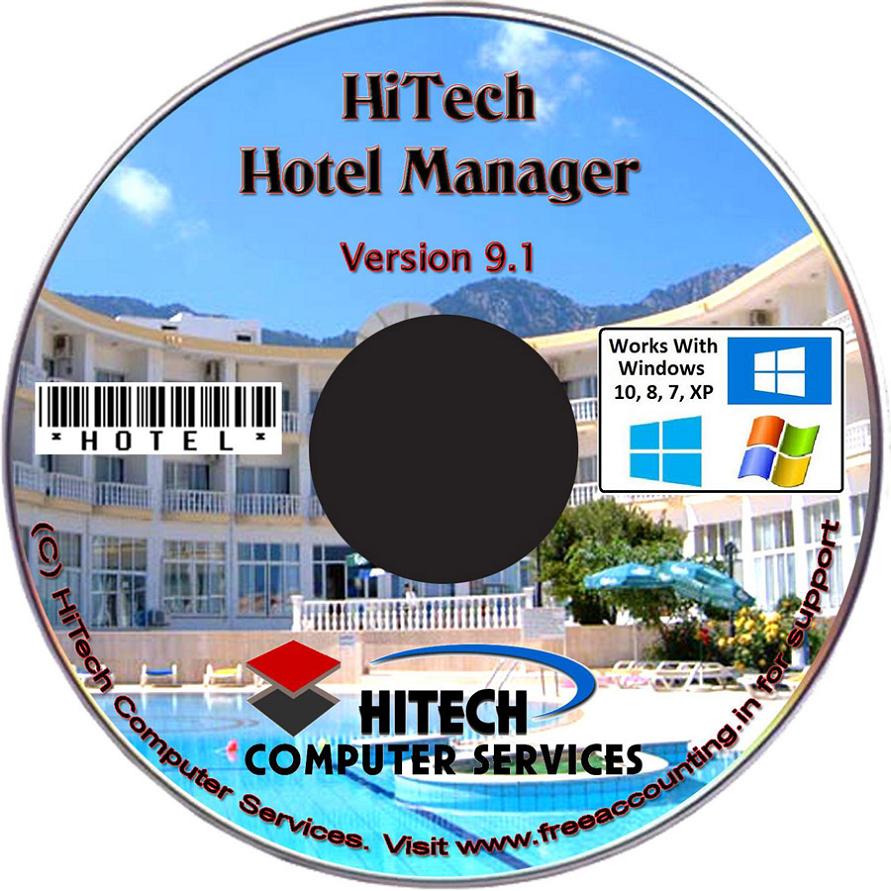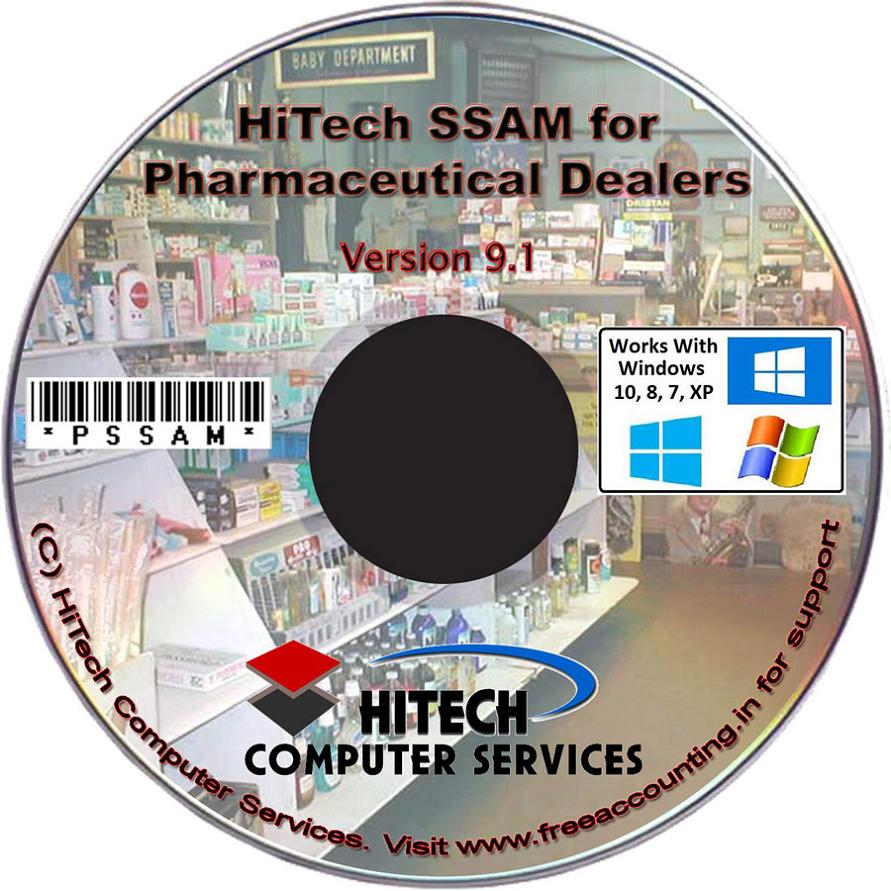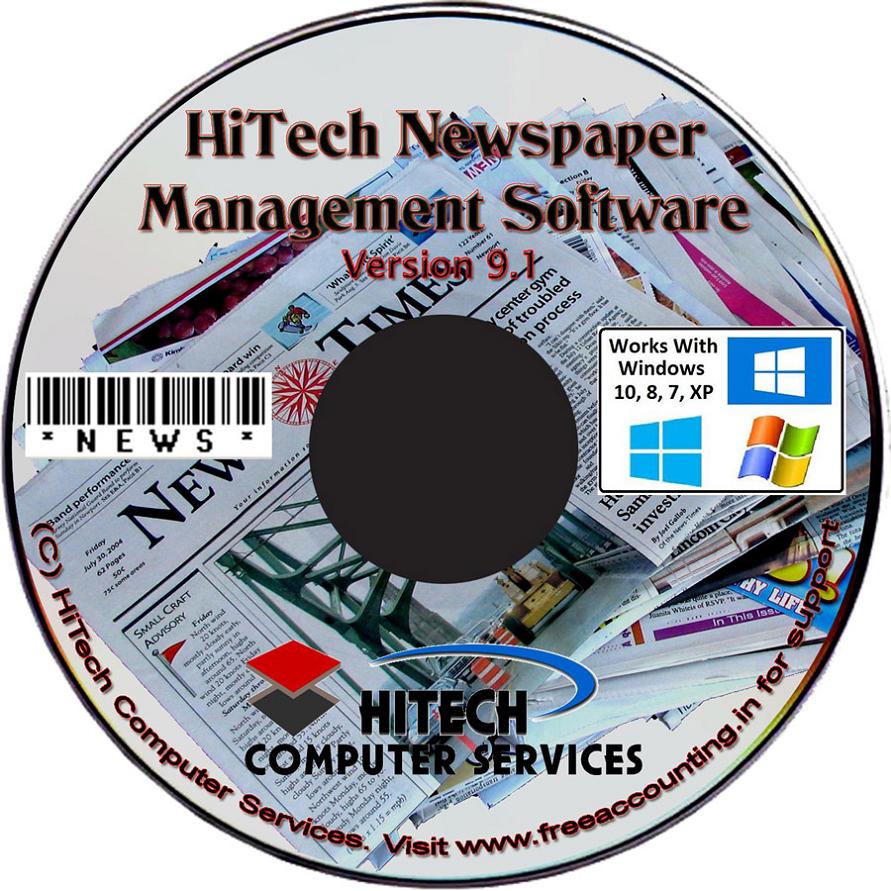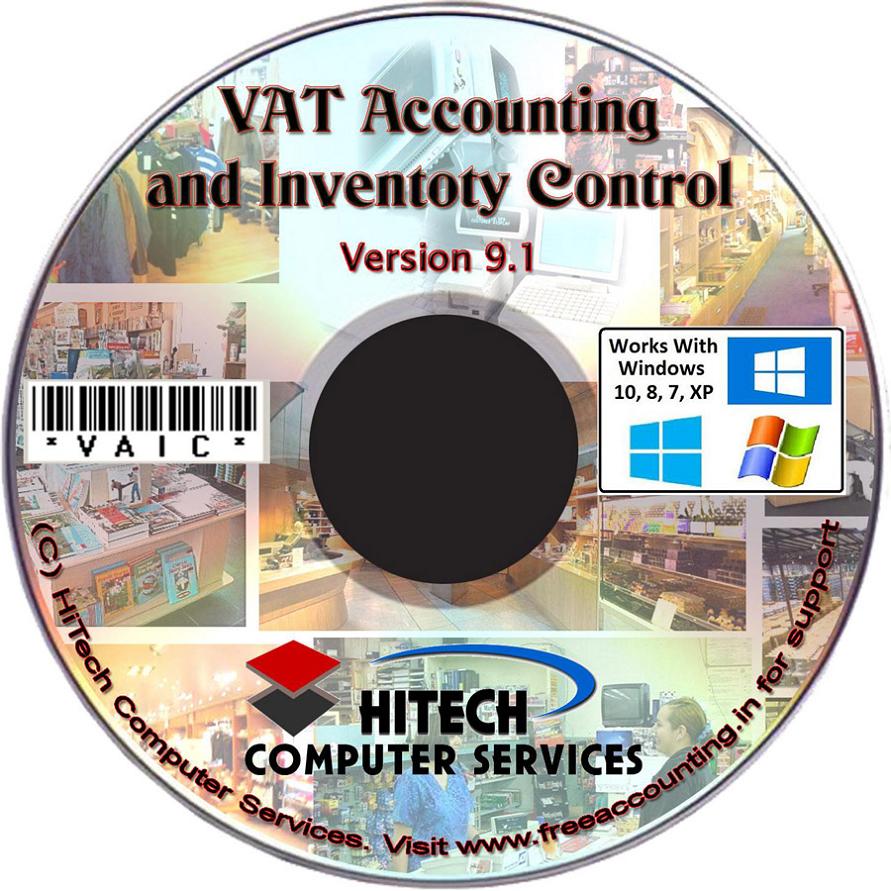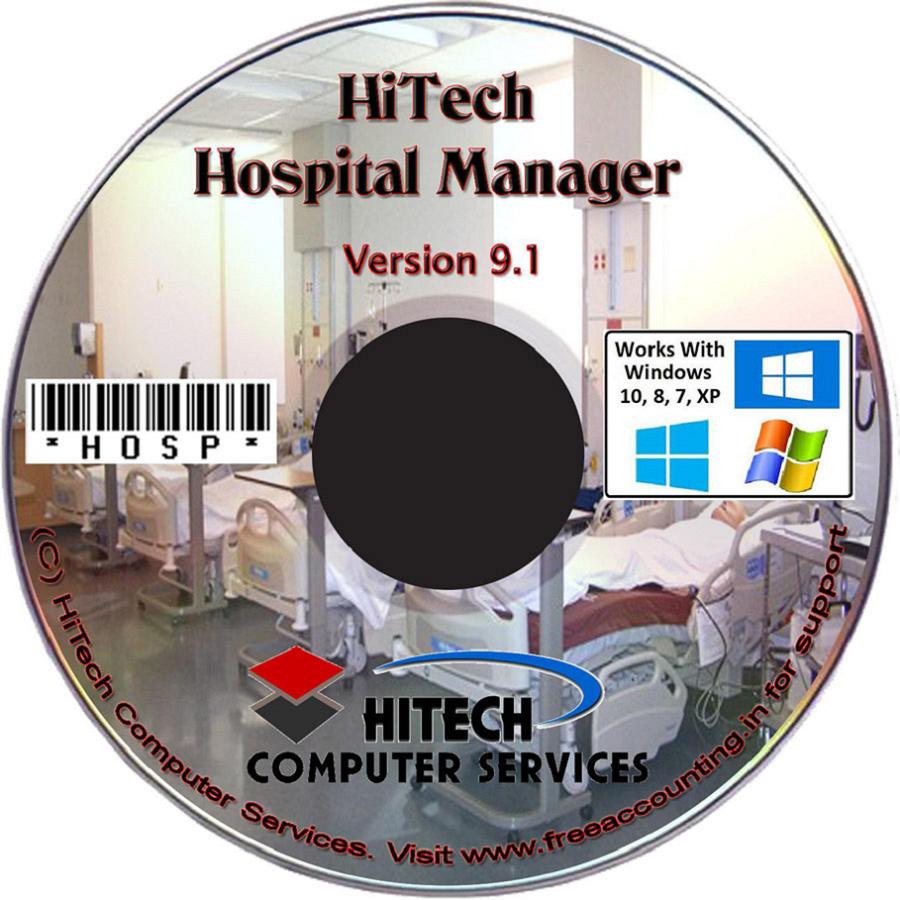Cash Book
In any business, perhaps, the largest
number of transactions of one nature must relate to cash and bank. It is so
because every transaction must, ultimately, result in a cash transaction. Now if
every cash transaction is to be recorded in journal, it will involve an enormous
amount of labor in debiting or crediting cash or bank account in the ledger for
each transaction. Therefore, it is convenient to have a separate book, the cash
book, to record such transactions. Maintaining of cash book removes the
necessity of having cash and bank accounts in the ledger. This book enables us
to know the balance of cash in hand and at bank at any point of time.
Cash book consists of cash and bank
accounts taken out of ledger and maintained separately; thus it is a substitute
of ledger for cash and bank accounts. It is also a book of original entry
because cash and bank transactions are not recorded in any other subsidiary
book.
Types of cash book
The type of cash book to be used by any
business will depend upon its nature and requirements. It may be anyone of the
following:
(a) Single column cash book (cash column).
(b) Double column cash book (cash and
discount columns).
(c) Triple column cash book (cash,
discount and bank columns).
(d) Bank cash book (bank and discount
columns).
Generally, each business will use anyone
of the above types of cash book along with "petty cashbook" which is maintained
on memorandum basis.
Distinction between cash A/c and Cash book
Actually cash book is a perfect substitute
of cash account. In both, cash transactions are recorded date wise in order of
occurrence. Cash balance as on any date can be ascertained by balancing both on
any day desired. Yet there are some differences between the two as given below:
Cash account
1. Is an account in the ledger.
2. Cash account is part of the ledger.
Cash account is opened in the ledger in which posting is done from some book of
original entry i.e. journal
3. In cash account posting is not followed
by narration.
4. It only records one aspect of
transaction involving cash and bank.
Cash book
1. Is a separate book of accounts forming
part of accounting system.
2. Cash book records entries directly from
transactions and these is no need for a book of prime entry.
3. In cash book entries are followed by
narration also.
4. It records both the aspects of this
transaction in cash and bank columns to complete double entry posting.
Single Column Cash Book
It has only one. column on each side for
amount In fact, it is written just like cash account in the ledger (being real
account what comes in is debited; what goes out is credited). This form of 'cash
book has the same ruling as that of a ledger account There is no need of having
a cash account in the ledger. The purpose is ably served by cash book itself.
Posting from debit (receipt) side of the cash book is done to the credit side of
concerned accounts and from the credit side of cash book to the debit side of
concerned accounts.
Balancing
The cash book is balanced in the same
manner as a ledger account. As more cash cannot be paid then what we have,
therefore the cash balance (if any) must always be a debit balance. Therefore,
the receipts column will always be bigger than the payments column. The
difference will be written on the credit side as "By balance c/d". The totals
are then entered in the two columns opposite one another and then on the debit
side the balance is written as "To balance b/d". It shows the cash balance in
hand in the beginning of the next period. To verify the accuracy of the entries
made, the cash book should be balanced frequently (preferably daily). The
balance as per cash book must tally with the actual cash in hand.
Double Column Cash Book
As the phenomenon of offering and
accepting cash discount is intimately associated with the act of receipt and
payment of cash, therefore, the utility of cash book increases if the columns of
discount are also provided in it. Cash book having additional columns for
discount is known as double column cash book.
Triple Column Cash Book
These days it is difficult to carryon any
business without having dealings with the bank. Normally bulk of its funds is
kept by the business at a bank in a current account where frequent withdrawals
and deposits are permitted. Bank transactions, i.e.. payments into and out of
bank are more numerous than cash transactions. Therefore, it is appropriate as
well as convenient that cash book should have one additional column on each side
to record moneys deposited at bank arid payments out of the hank. The additional
advantage to having this type of cash book is that bank account is not required
to be maintained in the ledger.
Before we explain the method of
writing up the triple column cash book you should be familiar with the concept
of 'contra entries'. Also note carefully the treatment of cheques received and
issued by the business.
Contra Entries
In the three column cash book there will
be some cross or contra entries i.e.. transfer of money from cash to bank
(amount deposited) and vice versa (amount withdrawn from bank for office use).
In all such cases both entries occur in the cash book and no ledger entry is
required. This is indicated by a contra sign (C) in the folio column indicating
thereby that the double entry aspect of this transaction is complete and it
requires no posting to the ledger. Treatment of cheques in a triple-column cash
book is explained below:
1. Cheques received and deposited in the
bank on the same day: When the cheques received from the debtors are deposited
in the bank on the day of receipt itself the entry is recorded in the bank
column on the debit side of the cash book therefrom debtor's account receives
credit.
2. Cheques received but deposited in the
bank on a later date: At the time when cheque is received it is recorded in the
cash column on the debit side of the cash book and the date on which it is
deposited in the bank, Two steps are required:-
(i) Enter the same in the cash column on
the credit side of the cash book "By Bank A/c" and
(ii) Enter it in the bank column on the
debit side of the cash book' 'To Cash A/c". Thus it assumes the form of Contra
entry on the day of depositing the cheque into bank received
earlier.
However, if there is no information as to
the date of deposit of the cheque, it should beassumed that the cheque was
deposited in the bank on the date of receipt.
3. Cheques received and endorsed in favor
of some creditor :- On receipt, cheque is recorded in the cash column on the
debit side and at the time of endorsement the same is recorded in cash column on
credit side, By Creditors Ale.
4. Bearer cheques may be en cashed at the
counter of the bank or it may be deposited in the bank. In case it is encashed
it should be recorded in the cash column on the debit side, in case it is
deposited in the bank the same should be recorded in the bank column on the
debit side of the cash book.
Cash book is a Journalized ledger
Often a question is asked whether cash
book is a journal or ledger? It is journal in the sense that all cash
transactions are primarily recorded in the cash book with narration and
therefore, these are posted to the relevant accounts in the ledger. Cash book is
also ledger in the sense that it serves the purpose of cash account and bank
account (in case of triple column cash book). No separate cash account is opened
in the ledger where cash book is in existence. Thus cash book is a unique
combination of journal and ledger. It is popularly known as journalized ledger.
Similarities of Cash book with journal
(1) Cash transactions are recorded in the
cash book at the time of origin i.e. primary book.
(2) Transactions are recorded date-wise.
(3) Transactions from cash book posted to
the relevant accounts (except cash account) in the ledger.
(4) Cash book contains ledger folio as in
the journal.
(5) Narration is given for each entry.
Similarities of Cash book with ledger
(1) Form of cash book resembles With
ledger. Two sides left hand side is the debit side (receipts) Right hand side is
the credit side (payments).
(2) Words "To" and "By" are used as in the
ledger.
(3) No separate cash account and bank
account are required in the ledger. Thus cash book is the book of final entry
entry for cash and bank transactions.
(4) Cash and bank columns of the cash book
are periodically, balanced just like ledger
accounts.





 VAT Ready
VAT Ready




